-
-
Colleges
-
-
Student Experience Greek Life Housing & Dining Health & Recreation Our Campus Community Engagement Athletics
-
The teacher provides and follows the course syllabus.
Your course syllabus serves many purposes. It can be viewed as a "contract" between you and your students where duties are established between faculty and students. It includes information such as your attendance policy and the university's statement of non-discrimination. Your course syllabus can also be seen as a "permanent record" of what happens in a respective course, as it includes information like the current course catalog description and student learning outcomes. Finally, your course syllabus acts as a "learning tool" for your students. A course syllabus provides a visual roadmap for students and should describe how students can be successful in a course (Richmond, 2016).
Your syllabus should be designed with your students in mind. Research points to several benefits of designing a "learner-centered syllabus," such as increased rapport between students and faculty, increased retention of course details, and increased student perception of effective teaching (Richmond, 2016). The YSU Common Syllabus Templates below have been designed with a focus on your students. If you are interested in learning more about how to create a "learner-centered syllabus," check out Constructing a Learner-Centered Syllabus: One Professor's Journey** (Richmond, 2016).
Creating a Learner-Centered Syllabus
The Academic Senate Teaching and Learning Committee created and the Institute for Teaching and Learned maintains a Common Syllabus Template webpage, which includes premade templates for a learner-centered syllabus. The page includes different syllabus templates, a recommended syllabus template, a required-items only template, and a link to request a Blackboard syllabus template. In addition, there are links to required university policies and student support services, enabling you to free up space in your syllabus by directing students to a webpage with the most up-to-date policies and resources.
If you prefer to continue to use your own syllabus template, consider using the Checklist for a Learner-Centered Syllabus for evaluation and improvement or Kevin Gannon’s Syllabus from a Student Perspective Checklist. Book a consultation appointment with ITL staff for informal or formal feedback on your syllabi.
Syllabus Access
It is important to make a syllabus accessible to students, so that they can refer to it often and stay informed about current class activities. While instructors may wish to provide a paper copy so they can review the syllabus in class together, posting the document in Blackboard (or other LMS) ensures students have access. In addition, the YSU Academic Senate passed a resolution endorsing a policy for faculty to post their syllabus in Blackboard in April 2019; you can add your syllabus to Blackboard Ultra or Original.
Tips for creating an Engaging Syllabus
ITL has several tips and resources that can help you create a syllabus that engages and excites students about your course:
- What does your syllabus say about you? If a student were only to read your syllabus but never meet you, what would they think your course is about? What does your syllabus communicate about you as an educator? Kevin Gannon (2020) talks about the importance of introducing students to who you are as an educator, how you think students learn, and why you teach this course.
- Reframe policy language: Consider, where possible, reframing your policy language in a way that helps students understand the importance of and why you have course policies (e.g., Cellphones will be confiscated vs. I do not permit cellphones in class because it is important to cultivate an attentive and engaged community).
- What are the “big questions” your syllabus answers? Many of us start our syllabus by including the catalog description or course goals, but what if you started with a question or two that this course will answer? Consider how to turn your course focus/topic into those big questions
- Consider alternate syllabus formats: if it suits your style and course, consider an alternate format for your syllabus. This can include visually engaging syllabi, like a magazine format, an infographic, or a wiki. This article outlines some creative approaches to syllabi design.
Making changes to your syllabus
Occasionally, adjustments to the syllabus are warranted. In those cases, ensure that when changes are made, they are made to benefit the students, and provide an updated syllabus (including the revision date) to the class. While Section 19.2 of the OEA Agreement outlines instances of syllabus changes that may constitute an academic grievance, it specifically indicates that the problematic syllabus changes are those that are detrimental to the student or class.
